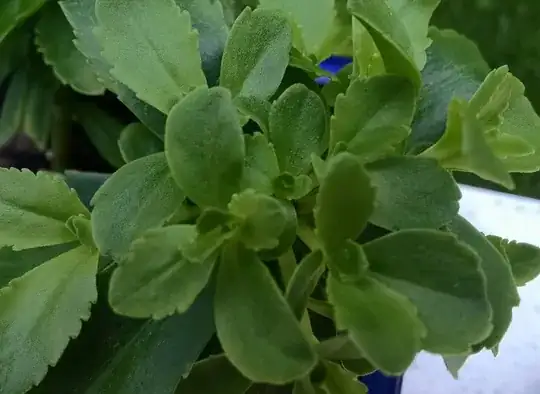 The most fragile part of a plant is the root system. Plants in pots have their roots unprotected by the bulk of a garden soil from heat as well as cold.
The most fragile part of a plant is the root system. Plants in pots have their roots unprotected by the bulk of a garden soil from heat as well as cold.
How long has this rose in this pot and soil lived on this balcony? What zone do you live in and what do you consider a frost or a freeze?
I would let this plant stay right where it is. You could get burlap or Reemay to cover this plant for night time temperatures. Cover the pot as well. Do you get frozen water, such as your kitty's water bowl?
If not, leave that rose bush where it is and cover it during nights that might get below freezing. Frost, well, that happens in the early morning with temperature inversion and stuff. If covered, your plant should be just fine, roots and all. If your plant goes through a freeze in the early morning if you get out there and hose that plant down before the sun comes up, you will save your plant from freeze damage.
Damage happens when the plant cells freeze and then the sun comes up and thaws those cells too quickly.
In the spring, I would turn that rose over on its side, pull it out of the pot, get rid of the old soil and replace with sterilized plain old potting soil. Fertilize with a simple balanced fertilizer of NPK. Use half of the prescribed directions.
Get used to the HEFT of that pot and plant when watered. Do not water again until that pot and plant feel obviously lighter. No fertilizer for the winter. Wrap in burlap or Reemay (floating row cloth), keep the soil barely barely moist going into winter and maybe once watering during a warm period, lightly. Do not use compost or add anything to the soil medium, to the sterilized potting soil. Make sure there are drain holes and that the bottom of the pot or container has 1/4 air space between the surface and the bottom of the pot for better drainage.
Covering plant and pot for the winter with Reemay is your best method. Don't take this plant inside without acclimation. If it has been out of doors, leave it out of doors. Again, what zone are you in?
